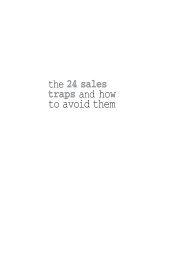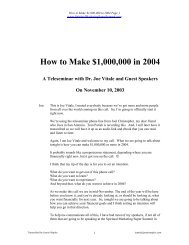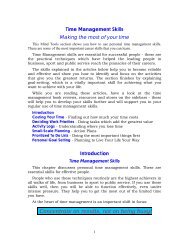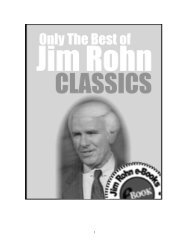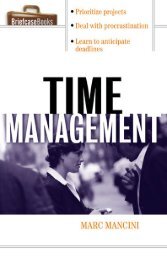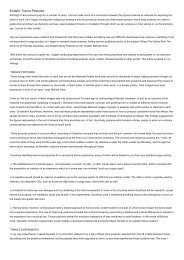Executive Coaching - A Guide For The HR Professional.pdf
Executive Coaching - A Guide For The HR Professional.pdf
Executive Coaching - A Guide For The HR Professional.pdf
You also want an ePaper? Increase the reach of your titles
YUMPU automatically turns print PDFs into web optimized ePapers that Google loves.
222 Index<br />
............<br />
L<br />
Leadership skills development, 20<br />
Learning: coaching process and contributions<br />
to, 21–23; coaching to assist<br />
with complex, long-term, 114; coaching<br />
to reinforce objectives of, 113;<br />
from coachable moments, 84–87;<br />
leadership skills, 20; new insights into<br />
adult, 112; promoted by use of external<br />
coaching, 39<br />
Life coaching, 14–15<br />
Long-term development plans: devising,<br />
55; evaluation of, 58. See also Action<br />
plans<br />
M<br />
Management-level coaching, 13. See<br />
also <strong>Executive</strong> development programs<br />
Mentoring, 15<br />
Multi-cultural coaching: of crosscultural<br />
clients, 118–119;<br />
cross-cultural methods used in,<br />
119–120; objectives of, 117–118;<br />
selecting coach for, 120–121<br />
Multi-rater feedback: advantages of, 51;<br />
used in assimilation coaching,<br />
109–110; cautions about, 51–52;<br />
coaching use of, 48–50; described,<br />
47–48; used for evaluation, 57; <strong>HR</strong><br />
professional use of, 50–51; need for<br />
reflection following, 52<br />
O<br />
Observations: as part of coaching<br />
process, 48; provided by boss, 92<br />
On-boarding, 20<br />
One-on-one coaching, 12<br />
Organizational change: assessment of<br />
process by boss, 92–93; driving forces<br />
behind coaching and, 10–12, 11t<br />
Organizations: coach selection and size<br />
of, 29; use of coaches by, 25; increasing<br />
self-awareness regarding, 108; perception<br />
of, 109; providing coaches<br />
with orientation to, 69–70; responding<br />
to business events of 1990s,<br />
111–112; role of coaching in diverse,<br />
123–124; “soap opera” happenings<br />
below surface of, 70; understanding<br />
culture of, 108; understanding role<br />
in, 109<br />
P<br />
Performance: coaching to improve, 14,<br />
19; identifying expectations regarding,<br />
91–92; improving soft skills and,<br />
19–20. See also Clients<br />
Performance appraisals, 48, 57<br />
Problem solving, 54<br />
<strong>Professional</strong> limits, 98–99<br />
Programmed instruction, 120<br />
Psychologists as coaches, 30<br />
R<br />
References, 28–29<br />
Rehearsing (or role playing), 54<br />
Repatriation, 118<br />
Rigidity of style, 34<br />
Role clarification, 54<br />
Role playing, 119<br />
S<br />
Scheduling issues, 35<br />
Scope creep, 98<br />
Simulations, 119<br />
Skills: as coach selection factor, 32–33;<br />
coaching to improve or develop, 13,<br />
19–20; development of leadership, 20<br />
Soft skills improvement, 19–20<br />
Spouse coaching, 118<br />
Succession planning programs, 20<br />
Supervisory coaching, 15<br />
T<br />
Taking responsibility, 81–82<br />
Testing, 48<br />
<strong>The</strong>rapy, 15<br />
360-degree feedback. See Multi-rater<br />
feedback<br />
Time commitments, 83<br />
Time stretch, 97–98<br />
Training program surveys, 48, 57<br />
Trust: establishing ground rules and,<br />
80–81; as part of coach-client<br />
relationship, 43–45<br />
Visioning, 54<br />
V





